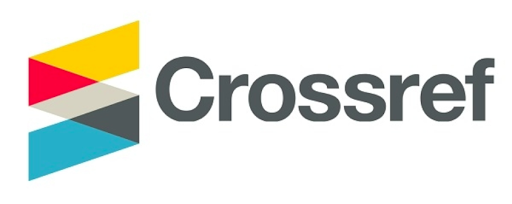Paper ID : SMJ1511225611521 | View : 43

Abstract : Invasive candidiasis is the most commonly encountered fungal disease in intensive care units. Year after year, the mortality rate rises for a variety of reasons. Fungus colonization has drawn attention and been acknowledged as a separate risk factor for the emergence of invasive candidiasis. This has been demonstrated in numerous investigations using Candida colonization as a grading system and a tool for predicting the emergence of invasive candidiasis. This study is a prospective observational cohort study to examine the relationship between risk factors and Candida morphology change and colonization increase in axilla and rectal swabs in critically ill patient while considering time exposure of each factor. Inclusion criteria were ICU patients aged 18-70 years old who were predicted to stay more than two days, sequential organ failure assessment (SOFA) scores more than two. Parenteral nutrition, leukocyte day 1, old age and female have a hazard ratio more than one, which it means all risk was associated with Candida morphology change and colonization increase in axilla and rectal swabs. Further research is needed to determine the likelihood Candida morphology change and colonization increase in axilla and rectal swabs, such as system scoring. It will help clinician to know how to start antifungal administration.










